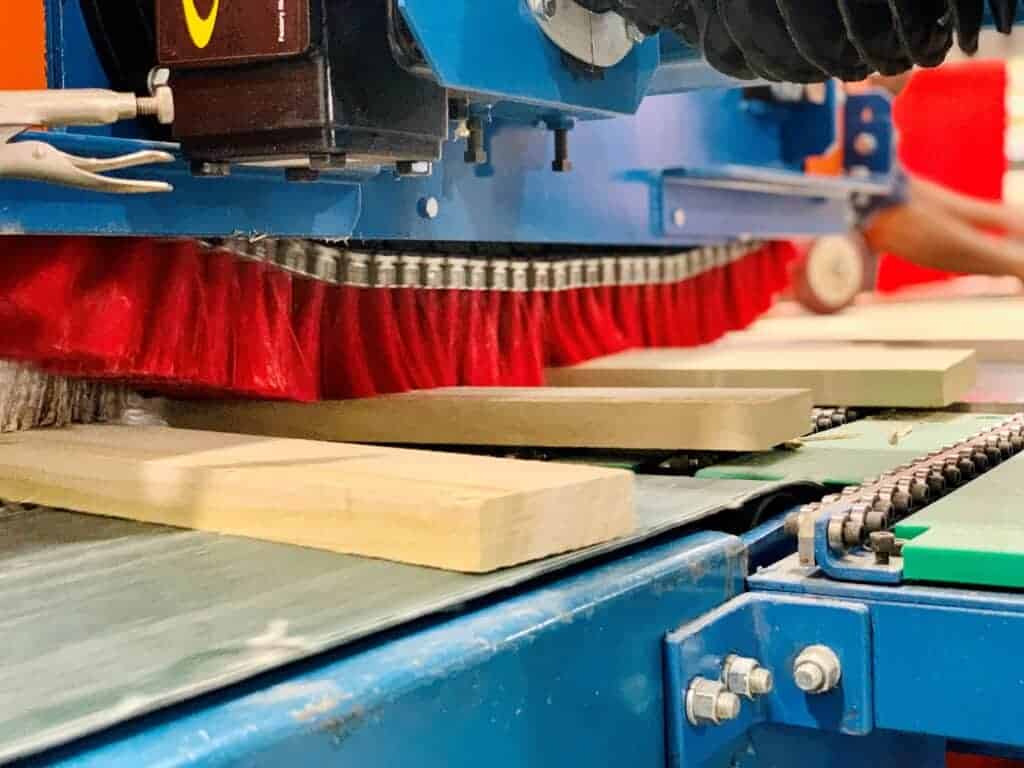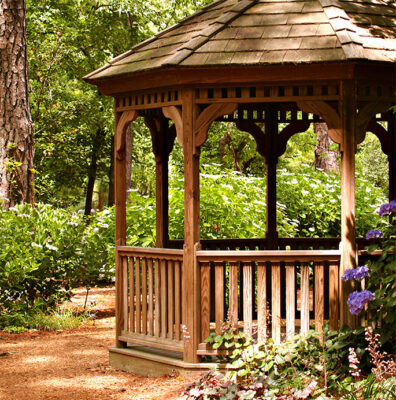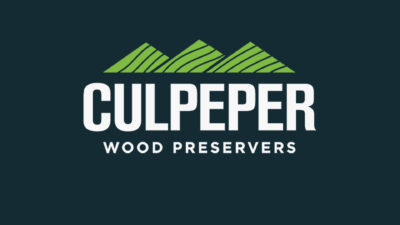By Michael Thornberry, Powell Valley Millwork, Lexington, KY

Countless homeowners, home builders, or other contractors are selecting materials for their next project as you read through this magazine. Everyone has a varied level of experience purchasing these goods and they all have unique ideas for product design, placement, and the substrate used. They consume information from their local lumberyard, home center, or the numerous channels on television or online.
How does that information, or lack thereof, impact our businesses in hardwood manufacturing? The answer is it impacts us significantly though at a seemingly slow rate as trends blossom, change, or slowly fade.
My family’s company, Powell Valley Millwork, is a volume manufacturer focusing on finger-joint Poplar products. We produce truckload volumes of interior trim for consumers across North America and have been successful doing so for nearly thirty years. As we consider the next thirty years, it’s critical to recognize how different the world is today, especially coming out of a global pandemic that dramatically impacted supply chain for every product consumed. Information and education are paramount for manufacturers. The way that information is presented is even more important.

As I write this brief post, I see inbound lumber trucks arriving from various sawmill vendors and truckloads of primed moulding and trim boards shipping to our customer base. If we sit idle managing our comfortable and friendly relationships with vendors and customers, the world will change and leave us behind. We may miss opportunities for new products or worse lose market share to another substrate. Those new substrates are often inferior in quality, less durable, and produced in far corners of the globe using unfair labor practices.

The days of operating in a vacuum are long over. The vast internet coupled with growing interest in home remodel and enhancement is right in front of us. How are we going to communicate our products and story to the public? American hardwoods have been consumed for generations in a variety of applications. When harvested and manufactured responsibly, they are naturally sustainable and will last for generations to come. Additionally, the carbon footprint of domestically produced hardwood material is substantially less than any imported product regardless of substrate.
The purchasers on the other end of the phone know the product, the manufacturing steps, the quality expectation, and the volume commitment. Does your customer’s sales team understand the product? Does your customer’s customer recognize the inherent value of American hardwood? Has your company done enough to promote hardwoods to the right audience?
If not, consider joining our effort with the Real American Hardwood Coalition (RAHC). The RAHC is a voluntary industry-wide domestic promotion initiative for American hardwoods and is directed by national, regional, and state hardwood association executives.
While not the only avenue for promotion, RAHC is a single and united marketing program geared towards engaging the public on the value of hardwood products. To learn more about the promotional effort, please visit the Real American Hardwood Coalition website below or reach out to me directly. Recently, they launched a consumer page which is also linked below.







